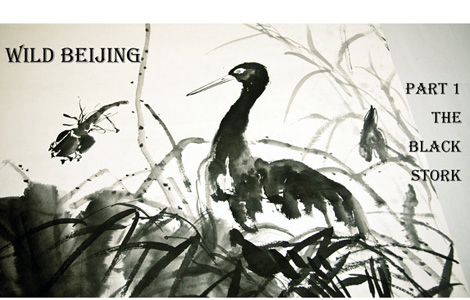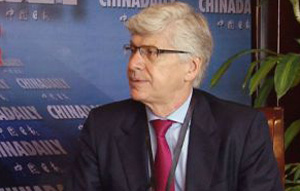Forbidden City to restore millions of relics
Updated: 2013-06-27 13:46
By Mao Jing (chinadaily.com.cn)
|
||||||||
Forbidden City in Peace, a technical restoration project for relics at the Palace Museum in Beijing started on Wednesday. Inheritors of intangible cultural heritage, which involves areas as tapestry, enamel and other fields, have been invited to help repair the artifacts.
“We found that there are millions of relic pieces that need to be repaired in our conservatory. Some artifacts suffer from serious natural corrosion and cracks,” Shan Jixiang, dean of the Palace Museum said.
“The skill issue is what we are most worried about. Although we have 80 experts in our technology department that specializes in relic protection, it is very difficult to achieve such a vast and complex restoration task in a short time. For example, the costumes in need of repair are as many as 9,640 pieces,” Shan said.
With the help of the Science and Technology Commission in Beijing’s Dongcheng district, Shan met many experts and intangible cultural heritage inheritors during his visits to the Beijing costume factory, enamel factory, mosaic gliding factory, a lamp arts and crafts factory, and the Longshuncheng Chinese Furniture Co., and Tong Xing Classical Furniture Co.
The Palace Musuem have selected 47 experts and intangible cultural heritage inheritors to work together to complete the restoration project. They will first undergo a week’s worth of training.
The first period of restoration work will last about six months during which seven categories of ordinary items such as wooden furniture, palace lamps, sedans, music instruments, sabers and swords, helmets and tapestries will be repaired.
Shan said the first period will serve as a run-up period, and when things are ripe enough, they will begin restoring of the most treasured relics.
“We will strictly examine the qualifications of intangible cultural heritage inheritors. Our requirements for them are not just simple repair jobs, but also to carry out detailed inspections of the relics and to write reports for the inspections. Each relic needs a repair report so that future generations can know what materials and what technology they use. It’s a process of scientific research,” Shan said.
Shan also said that those who have newly joined the team and who show their skills in restoration work will be put into the Palace Museum’s talent pool hence becoming an important force for the protection of the museum’s cultural relics.

 Philippine, US start Naval exercise in S China Sea
Philippine, US start Naval exercise in S China Sea
 Supreme Court gay rights ruling celebrated across US
Supreme Court gay rights ruling celebrated across US
 Rudd returns as Australian PM after Gillard
Rudd returns as Australian PM after Gillard
 Brazil protests intensify before Confed Cup semifinal
Brazil protests intensify before Confed Cup semifinal
 Long lost weekend
Long lost weekend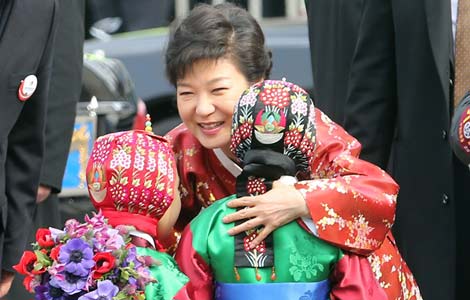
 Park ready to charm China
Park ready to charm China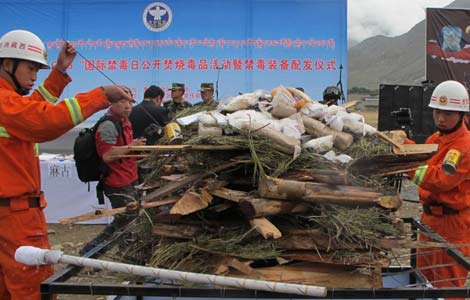
 Prices climb as police crack down
Prices climb as police crack down
 China 'most promising' in FDI
China 'most promising' in FDI
Most Viewed
Editor's Picks
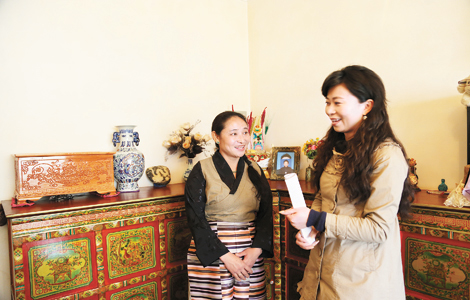
|

|

|
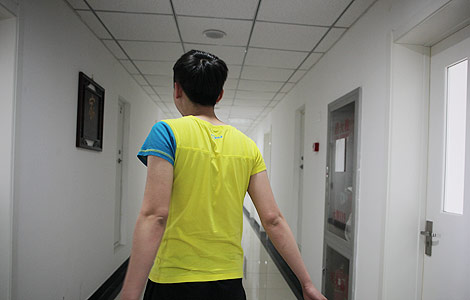
|
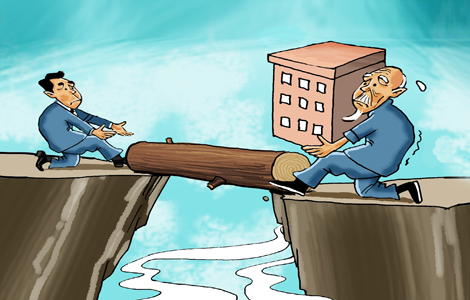
|
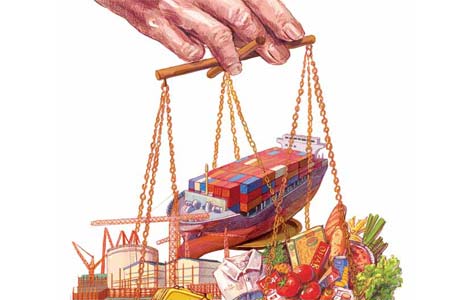
|
Today's Top News
Proposed law puts curbs on family visas
Markets will stay volatile, continue to struggle: Expert
Promising outlook on US, China investment
US adoptees visit Chinese roots
Ecuador refutes Washington Post accusation
IBM to make Chinese job cuts
PBOC ends credit crunch, to go further
Snowden still at Moscow's airport, asylum pending
US Weekly

|

|
